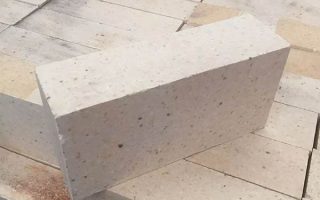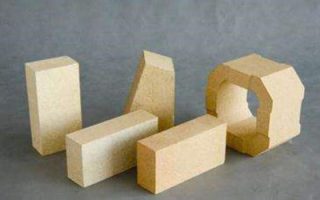Materiały oporowe zwykle odnoszą się do nieorganicznych materiałów niemetalicznych o oporności nie mniejszej niż 1580 ° C. Jednakże, Definicje różnią się na całym świecie, Na przykład, Międzynarodowy standard oficjalnie opublikowany przez Międzynarodową Organizację Standaryzacji (ISO) to określa “Materiały refrakcyjne to materiały niemetaliczne lub produkty o refraktościach co najmniej 1500 ° C”.
Japonia definiuje to jako “nieorganiczne niemetaliczne materiały, które są trudne do stopienia w wysokich temperaturach”. Chociaż definicja materiału opornego na ognianie różni się w zależności od kraju, Podstawowa koncepcja jest taka sama. To jest, Materiały oporowe są stosowane jako materiały konstrukcyjne do pieców w wysokiej temperaturze, piece, i inne urządzenia termiczne, a także materiały do przemysłowych pojemników i komponentów o wysokiej temperaturze, i może wytrzymać odpowiednie zmiany fizyczne i chemiczne oraz efekty mechaniczne.
cegła ogniotrwała
Unlock the potential of our refractory bricks for your cement kilns. Enhance clinker production and reduce energy consumption.
Charakterystyka wydajności codziennych wyrobów z cegieł ogniotrwałych
Skład chemiczny i struktura wysokotemperaturowych cegieł szklanych są takie same jak w przypadku zwykłych okładzin piecowych. Skład chemiczny materiałów ogniotrwałych składa się głównie z krzemionki (SiO2), Al2O3, SiO2, MgO2, Fe2O3, MgO, i MgO.
Glinokrzemianowe materiały ogniotrwałe są wykonane na bazie krzemionki, spiekane w wysokich temperaturach z odpowiednią ilością alkalicznej stopionej cieczy, i są podgrzewane, topione lub mielone mechanicznie w celu wytworzenia spiekanego surowca lub przetwarzane w określonym procesie.


